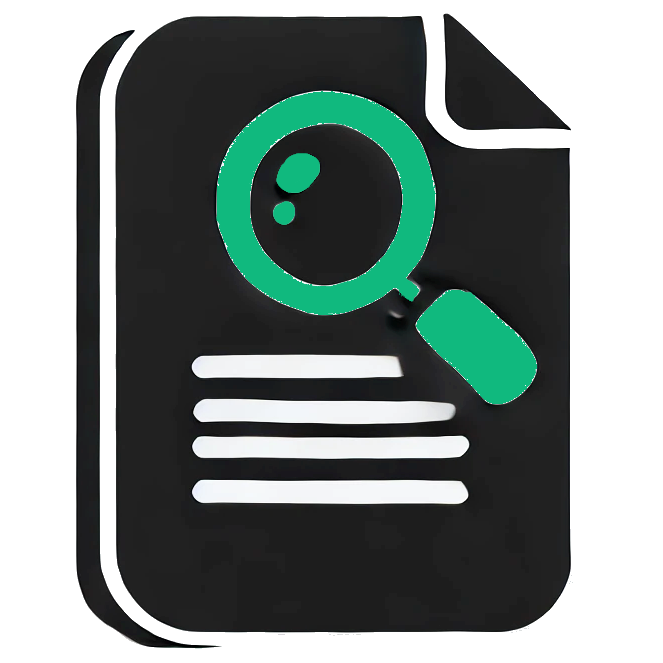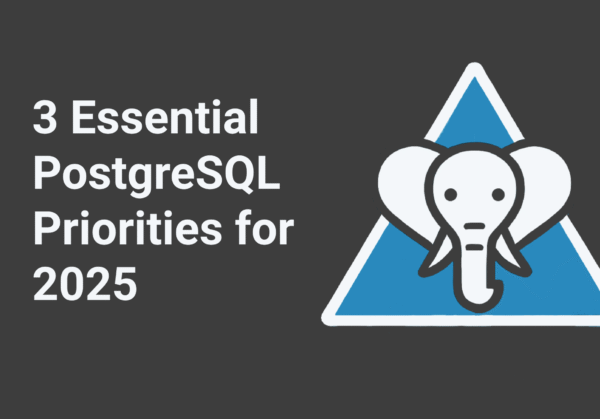PostgreSQL Database Security Hardening
When it is critical, you can count on us!
Your PostgreSQL database might be more vulnerable than you think. Security breaches, compliance failures, and performance bottlenecks are often the result of unaddressed vulnerabilities.
Stormatics helps organizations eliminate these risks with our PostgreSQL Database Security Hardening service. By securing sensitive data, reducing downtime, and ensuring regulatory compliance, we enable your business to operate without interruptions, avoid costly penalties, and deliver a seamless customer experience.
Do not let security gaps hold you back – achieve peace of mind with a fortified PostgreSQL database.

5 good reasons to get Database Security Hardening

Whitepaper: Transparent Data Encryption & High Availability
Transparent Data Encryption (TDE) uses a key to let authorized users and applications access the database without the overhead of encrypting or decrypting data on the fly.
PostgreSQL High Availability (HA) requires automated failover without human intervention to achieve 99.99% uptime.
But what happens when you need to encrypt your database and still maintain 99.99% availability? The key challenge lies in ensuring your encryption key remains secure while your standby node can seamlessly use it during failover.
This whitepaper dives into the key considerations and best practices for implementing TDE with HA in PostgreSQL.
How we secure your PostgreSQL database
Our consultant works with your team to identify and address security threats to harden your PostgreSQL database. The effort is aligned with your organizational security policies, regulations you need to comply with, and industry best practices. We work on the following aspects of your database:
Encryption of Data
- Data in motion: TLS/SSL Protocols
- Data at rest: TDE, column-based, & disk-level encryption
Access Controls
- Principle of least privilege
- Role-based access control (RBAC)
- Encrypt database connections
- Regular audit of roles and privileges
User Authentication
- Integrate with existing infrastructure
- Understand and defend possible attack vectors
- Policies for production, sandbox, and dev environments
Audit Trail
- Logging levels based on organizational objectives
- Regular log review for anomalies and accountability
- Secure storage of logs
Frequently Asked Questions (FAQs)
Q. Is PostgreSQL more secure than MySQL?
PostgreSQL is a highly secure open-source database, with robust features like role-based access control, encryption, and row-level security. When properly configured and regularly updated, it can meet stringent security requirements.
Q. How do I secure my PostgreSQL database?
Some of the measure you can take to secure your PostgreSQL database are:
- Enable SSL to encrypt data in transit.
- Implement role-based access control and restrict user privileges.
- Ensure data encryption at rest using tools like pgcrypto or third-party encryption solutions.
- Regularly update PostgreSQL to the latest version to avoid known vulnerabilities.
Q. What are PostgreSQL vulnerabilities?
PostgreSQL, like any software, can have vulnerabilities, usually related to unpatched versions or misconfigurations. It is crucial to follow best practices and security updates to mitigate these risks.
Q. Is PostgreSQL vulnerable to SQL injection?
Yes, PostgreSQL can be vulnerable to SQL injection if user inputs are not properly sanitized. To mitigate this risk, always use parameterized queries and avoid dynamic SQL wherever possible.
Q. Is PostgreSQL encrypted by default?
No, PostgreSQL does not encrypt data by default. However, you can enable SSL for encrypting data in transit, and implement encryption at the application level or use third-party tools for data-at-rest encryption.
Q. Can PostgreSQL be encrypted?
Yes, PostgreSQL can be encrypted both for data in transit (using SSL/TLS) and at rest. For data at rest, you can use tools like pgcrypto, implement disk-level encryption, or use a 3rd party tool for TDE to protect sensitive data.
Q. How do I enable SSL in PostgreSQL?
To enable SSL in PostgreSQL, edit the `postgresql.conf` file and set `ssl = on`. You will also need to provide SSL certificates and keys. Restart the server after making these changes to enable SSL.
Q. Does PostgreSQL have row-level security?
Yes, PostgreSQL supports Row-Level Security (RLS), which allows you to define policies that control access to individual rows in a table, providing fine-grained access control.
How secure is PostgreSQL?
PostgreSQL is a highly secure open Source database, with robust features like role-based access control, encryption, and row-level-security. when properly configured and regularly updated, it can meet stringent security requirements.
Q: How do I check running queries in PostgreSQL?
PostgreSQL is often considered more secure than MySQL due to its robust access control features, advanced data integrity checks, and built-in support for features like row-level security. However, the actual security depends heavily on proper configuration and use in both systems.
Q. How do I restrict access to a database in PostgreSQL?
To restrict access, use role-based access controls. You can create specific roles with defined permissions and assign users to these roles. You can also limit connections to certain IP addresses by editing the `pg_hba.conf` file.
Q. Is port 5432 vulnerable?
Port 5432, which is the default port for PostgreSQL, can be vulnerable if exposed to the internet without proper security measures. It is recommended to limit access to this port to trusted IP addresses, use strong authentication, and enable SSL.
Q. Are PostgreSQL connections encrypted?
PostgreSQL connections can be encrypted by enabling SSL. This ensures that data transmitted between the client and server is encrypted, protecting it from eavesdropping and tampering.
Q. What are the recommended authentication protocols for PostgreSQL?
Some of the authentication protocols you can use with PostgreSQL include:
- Password-based authentication using SCRAM-SHA-256, which is more secure than MD5.
- Certificate-based authentication for additional security.
- LDAP and Kerberos can also be used for integrating with centralized authentication systems.
Q. How to check if a PostgreSQL database is encrypted?
To check if encryption is enabled for data in transit, look at the connection properties to verify SSL is active. For encryption at rest, you would need to confirm the use of third-party encryption tools or verify disk-level encryption settings.
Q. What is the most common SQL vulnerability?
The most common SQL vulnerability is SQL injection, where malicious users input harmful SQL code into a query. Proper use of parameterized queries can mitigate this risk.





